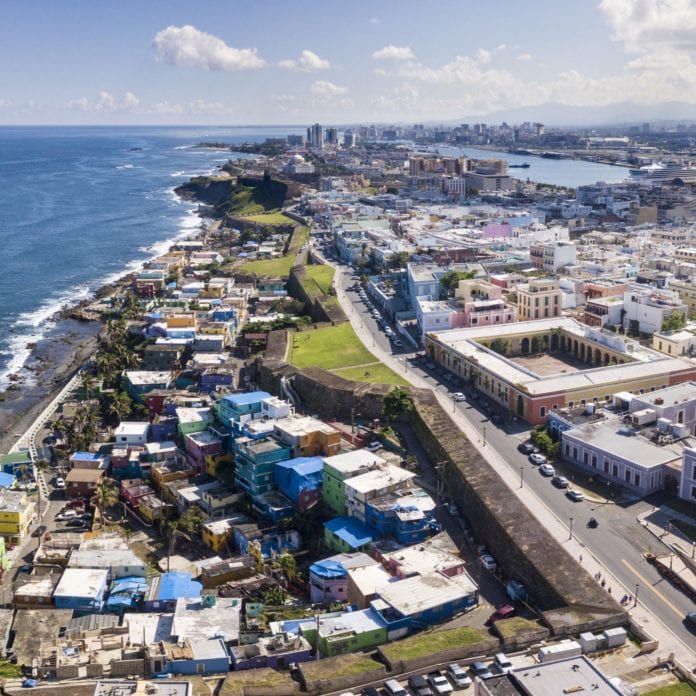T-Mobile first turned on 5G in Puerto Rico at the end of 2019 on the 600 MHz band, the first U.S. operator to do so
According to reports by Weekly Journal, roughly 75% of T-Mobile Puerto Rico’s subscribers use its 5G service. The operator’s Vice President Jorge Martel said, “Most of our 5G phones now have 5G connections,” adding that he wants to ensure that the entire island, “especially rural areas,” has 5G “due to its strong social, economic and educational impact.”
“We can say that our customer base increased over 13% versus last year. We continue to see new growth in new clients that join us and also the loyalty that we are seeing from the base,” Martel added.
T-Mobile US first turned on 5G in Puerto Rico at the end of 2019 on the 600 MHz band, the first U.S. operator to do so. Since then, its coverage has been extended to all 78 Puerto Rican municipalities.
In June 2020, the Federal Communications Commission (FCC), mainly in response to devastation of Hurricanes Irma and Maria, authorized $237.9 million in Universal Service Fund dollars to mobile broadband networks in the U.S. Virgin Islands and Puerto Rico. That figure includes the agency’s first USF support for 5G. T-Mobile, specifically, was provided nearly $44.7 million for LTE or better service and about $14.9 million for 5G service, totaling about nearly $59.6 million over a three-year period.
In addition to the mobile service, T-Mobile US also plans to use the 5G network to launch a fixed-wireless home broadband service, which, according to Martel, is a much-needed service. He described the territory’s broadband market as having “few competitors,” resulting in “the lowest service quality metrics in the U.S. as a whole.”
“Generally speaking,” he said at a news conference in June, “cable television providers are the ones who provide internet connections to the home […] It’s that type of thing that we plan to eliminate. However, at T-Mobile, we need to be sure that we have the network capacity in place because when we decide to provide internet to the home, we believe we’re going to have great demand for it.”
Stateside, the operator rolled out a limited, invitation-only home internet pilot program in March 2019, with the goal of reaching 50,000 households that year, and additional plans to cover more than half of U.S. zip codes by 2024, hitting an many as 9.5 million households. While Martel didn’t provide an exact date for a similar program launch in Puerto Rico, he indicated that it will happen “soon.”

